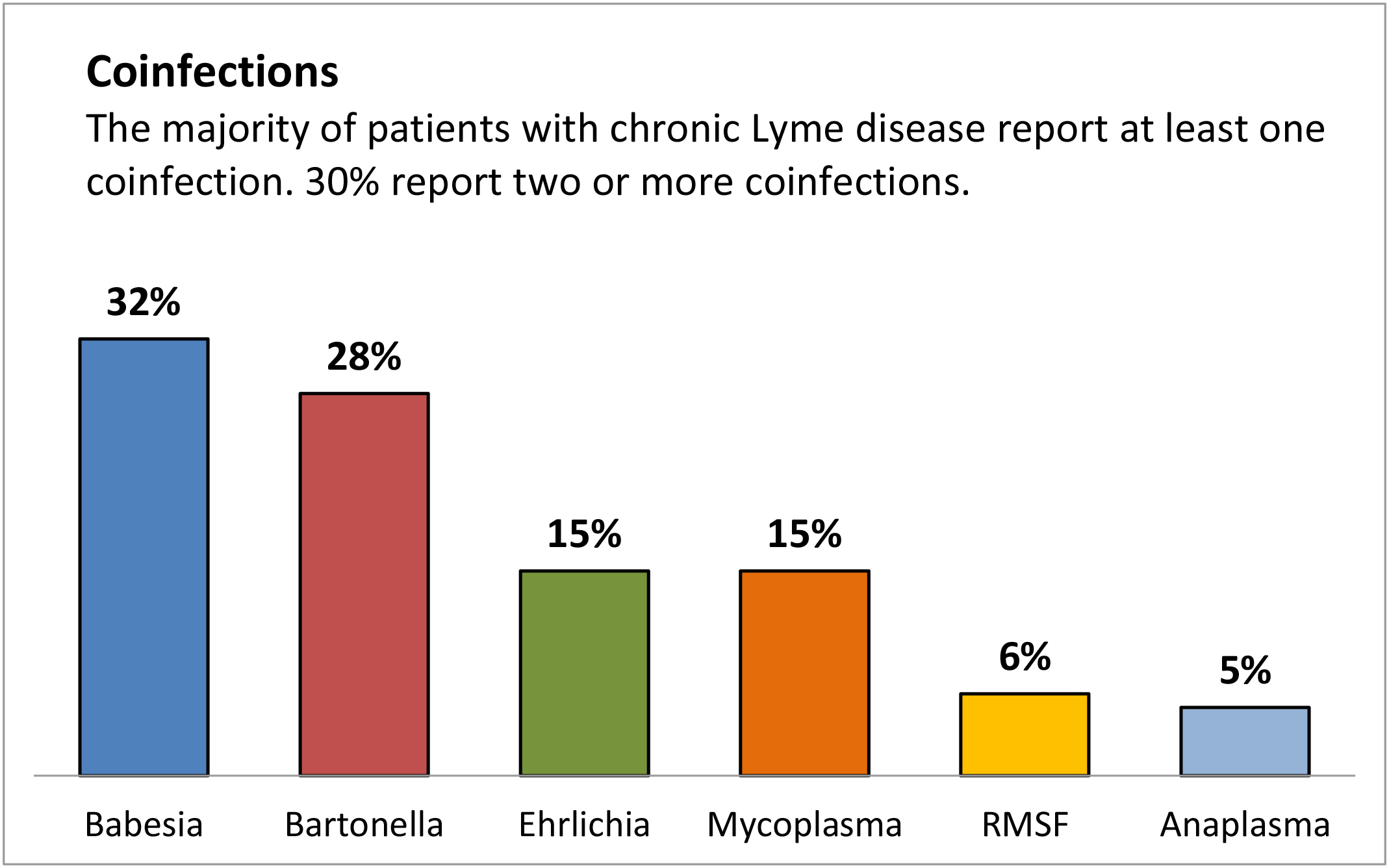Disclaimer
Lyme Disease Nosodes July 28 2015
There are 300,000 people a year in the United States and 65,000 people a year in Europe who are infected with borreliosis, the most common tickborne disease caused by infection with spirochetes of the Borrelia species.
In the US the bacterium is transmitted to humans through the bite of several species of tick (see complete list below)
Borrelia burgdorferi - Ixodes scapularus (Blacklegged Tick or Deer Tick) North AmericaBorrelia afzelii, Borrelia garinii, Borrelia bavariensis, - Ixodes ricinus (Castor Bean Tick) Europe
Ixodes persulcatus (Taiga Tick) Eastern Europe.
Recently additional Borrelia Species have been discovered;
Borrelia bissettii from Ixodes pacificus, Northern California
Borrelia lusitaniae, Ixodes ricinus, Portugal
Borrelia spielmanii, human skin, The Netherlands
Borrelia valaisiana, Ixodes ricinus, Switzerland
Ticks that transmit B. burgdorferi to humans can also carry and transmit several other parasites, such as Theileria microti and Anaplasma phagocytophilum which cause the diseases babeosis and human granulocytic anaplasmosis (HGA), respectively.
In 2012 we collected ticks at various stages of growth from CT, MA, and CA and sent them to our lab in San Diego. Lab analysis showed Ehrlichia chaffeensis, Anaplasma phagocytophilia, Rickettsia rickett, Borrelia burgdorferi bacteria strains. The source material was triturated to C3 and named “DeerTick”. Since then we have made C4 and C5 triturations of this remedy and many of the nosodes listed below.
These and other homeopathic nosodes can be purchased or prescribed by licensed Homeopaths.

Anaplasmosis is transmitted to humans by tick bites primarily from the blacklegged tick (Ixodes scapularis) in the northeastern and upper midwestern U.S. and the western blacklegged tick (Ixodes pacificus) along the Pacific coast.
Babesiosis is caused by microscopic parasites that infect red blood cells. Most human cases of babesiosis in the U.S. are caused by Babesia microti. Babesia microti is transmitted by the blacklegged tick (Ixodes scapularis) and is found primarily in the northeast and upper midwest.
Bartonella bacteria cause several diseases in humans. The three most common are cat scratch disease, caused by B. henselae; trench fever, caused by B. quintana; and Carrión's disease, caused by B. bacilliformis.
Borrelia miyamotoi infection has recently been described as a cause of illness in the U.S. It is transmitted by the blacklegged tick (Ixodes scapularis) and has a range similar to that of Lyme disease.
Colorado tick fever is caused by a virus transmitted by the Rocky Mountain wood tick (Dermacentor andersoni). It occurs in the the Rocky Mountain states at elevations of 4,000 to 10,500 feet.
Ehrlichiosis is transmitted to humans by the lone star tick (Ambylomma americanum), found primarily in the southcentral and eastern U.S.
Heartland virus infection has been identified in eight patients in Missouri and Tennessee as of March 2014. Studies suggest that Lone Star ticks may transmit the virus. It is unknown if the virus may be found in other areas of the U.S.
Lyme disease is transmitted by the blacklegged tick (Ixodes scapularis) in the northeastern U.S. and upper midwestern U.S. and the western blacklegged tick (Ixodes pacificus) along the Pacific coast.
Powassan disease is transmitted by the blacklegged tick (Ixodes scapularis) and the groundhog tick (Ixodes cookei). Cases have been reported primarily from northeastern states and the Great Lakes region.
Rickettsia parkeri rickettsiosis is transmitted to humans by the Gulf Coast tick (Amblyomma maculatum).
Rocky Mountain spotted fever (RMSF) is transmitted by the American dog tick (Dermacentor variabilis), Rocky Mountain wood tick (Dermacentor andersoni), and the brown dog tick (Rhipicephalus sangunineus) in the U.S. The brown dog tick and other tick species are associated with RMSF in Central and South America.
STARI (Southern tick-associated rash illness) is transmitted via bites from the lone star tick (Ambylomma americanum), found in the southeastern and eastern U.S.
Tickborne relapsing fever (TBRF) is transmitted to humans through the bite of infected soft ticks. TBRF has been reported in 15 states: Arizona, California, Colorado, Idaho, Kansas, Montana, Nevada, New Mexico, Ohio, Oklahoma, Oregon, Texas, Utah, Washington, and Wyoming and is associated with sleeping in rustic cabins and vacation homes.
Tularemia is transmitted to humans by the dog tick (Dermacentor variabilis), the wood tick (Dermacentor andersoni), and the lone star tick (Amblyomma americanum). Tularemia occurs throughout the U.S.
364D rickettsiosis (Rickettsia phillipi, proposed) is transmitted to humans by the Pacific Coast tick (Dermacentor occidentalis ticks). This is a new disease that has been found in California.
Supporting remedies found useful:
Ledum pal - Stage I
Syphilinum - Stage II
Gaultheria - Stage III
